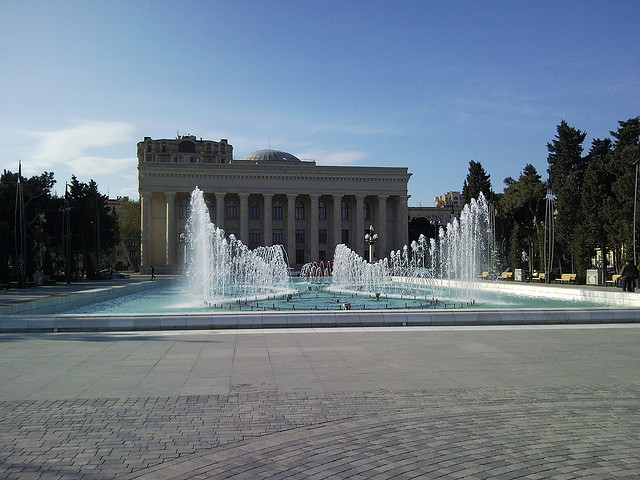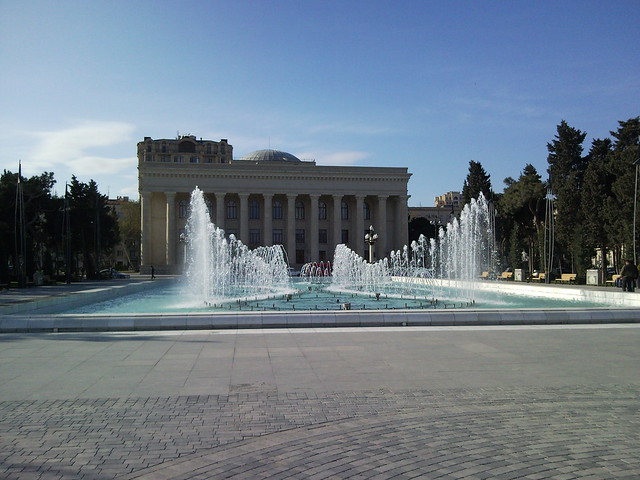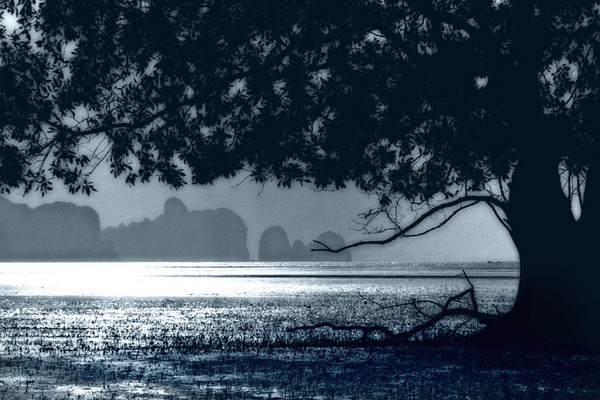For many young Europeans, the first time “Baku” registered in their vocabulary was in 2012, when Azerbaijan’s medieval capital hosted the Eurovision Song Contest. Azerbaijian, the largest country in the Caucasus, has since enjoyed a resurgence as a tourist destination for travellers looking to explore Middle Eastern cultures in a safe environment, reigniting a popularity it had lost during the Nagorno-Karabakh War. Fortunately, Baku has several museums which can inform travellers of everything they missed in Azerbaijani culture during its low tourism years, not to mention thousands of artifacts spanning the time between the country’s origins and present day.
There is unlikely to be any trace of Azerbaijan’s 2011 Eurovision victory in the State Museum of Musical Culture, but this collection of over 50,000 artifacts includes traditional string instruments (such as the tar, kamancha and saz) and wind instruments (such as the brightly coloured zurna) in addition to original playbills, sheet music and records. The museum is split between three locations, with the Permanent Exhibition of the Traditional Musical Instruments situated on Zergerpalan Street, the Niyazi Museum of musical memorabilia on Bulbul Avenue and finally the home of 20th-century jazz pianist Vagif Mustafazadeh.
The Mustafazadeh Museum is situated in ?ç?ri ??h?r, the old city which was recognised as a UNESCO World Heritage Site in 2000. This “Inner City” is due south of the Park Hyatt Baku hotel and the surrounding area is home to a cluster of museums. Book lovers in particular will enjoy the world’s only Museum of Miniature Books, featuring fictional and non-fictional works including the country’s Constitution, and the Nizami Museum of Azerbaijani Literature, which boasts manuscripts from 1413. Those who prefer visual arts may travel south-west of the Inner City to the National Art Museum, the country’s largest arts museum, housing more than 3,000 works from Europe and Asia.
For contemporary art appreciators, there is a dedicated Museum of Modern Art to the east of the Inner City on Yusuph Safarov Street. This collection includes the works of Azerbaijani masters such as Rasim Babayev, Gennady Brejatjuk and Fazil Najafov as well as international artists like Salvador Dalí, Pablo Picasso and Marc Chagall. For an overview and display of fabric and textile arts, the State Museum of Carpet and Applied Arts on Neftchiler Avenue on the Caspian Seafront provides information on embroidery, national costume and, of course, carpets dating as far back as the seventeenth century. Furthermore, the museum exhibits ceramics, metal work and jewellery, with some pieces dating from the Bronze Age. This building also accommodates the National Academic Theatre Museum, where theatre fanatics can see Azeri translations of classic plays, and the Independence Museum, with maps, monuments and information covering the country’s political and sociological changes from ancient times through to the period post Nagorno-Karabakh War.
The country’s largest museum is its National Museum of History on Zeynalabdin Taghiyev Street. Its departments include earth and biological sciences, humanitarian and social sciences and agrarian science and its 2,000 exhibits explore research in ethnographics, numismatics and ancient history.
Although in the Surakhani suburb on the Absheron peninsula, the Fire Temple (or Ateshgah) is one of the city’s most famous museums. Surakhani can be translated from Persian as “region of holes” and it is these holes from which natural gas flares escaped, giving the temple its name. Held as an icon of Zoroastrianism, the complex is regarded as an historical, architectural shrine and of interest to spiritualists, geologists and historians alike.




